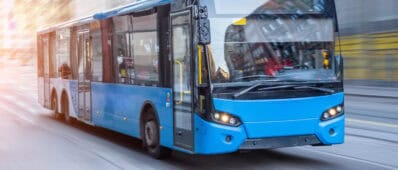Abstract
The California Air Resources Board (CARB) offers several benefit programs that support residents with the transition to electric vehicles. The Clean Vehicle Assistance Program (CVAP) provided grants and financing to help low-income households purchase or lease electric vehicles from 2018–2024. The Access Clean California (ACC) program streamlines access to clean transportation incentives through a network of community outreach partners. This study examines procedural equity in these two programs through interviews with CARB staff, program administrators, community partners, and program participants. The study concludes CVAP fell short in several ways, including insufficient community engagement and a lack of targeted outreach, funding instability resulting in frequent program closures, and challenges in successfully distributing low-interest loans, while the ACC program has not fully simplified incentive access. The study recommends improved transparency in program reporting, regular third-party equity evaluations, strategic development of a truly equitable financing program, and refined funding allocation and administration to enhance equity outcomes.


